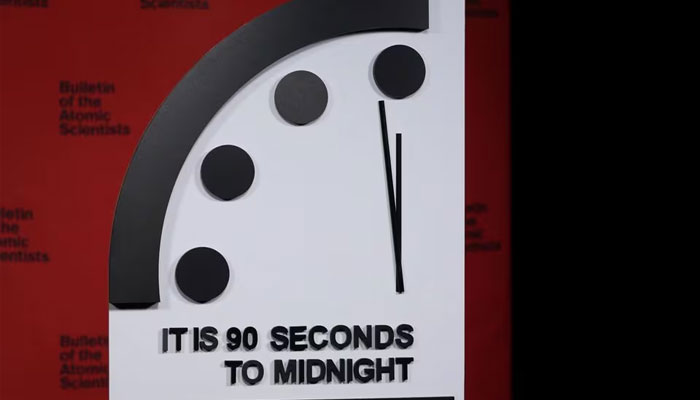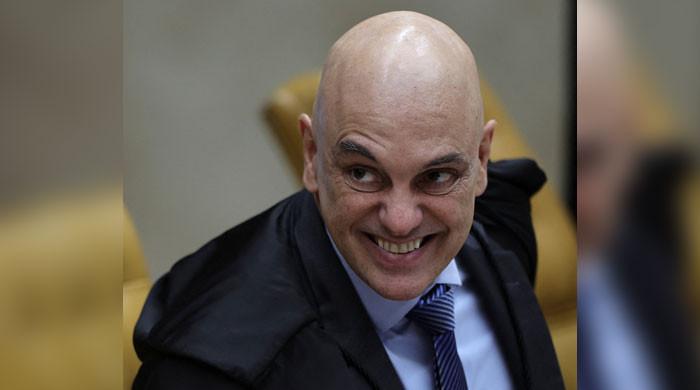Doomsday Clock 2024: Humanity verging on wipeout amid wars, climate crisis
Currently set at 90 seconds to midnight since last year, experts predict it may move closer to midnight
January 22, 2024

As the Israel-Hamas conflict persists, the Ukraine situation remains unresolved, and climate disasters wreak havoc, the symbolic Doomsday Clock is set to be updated tomorrow, reflecting the proximity to potential human-made global catastrophes, Daily Mail reported.
Currently set at 90 seconds to midnight since last year, experts predict it may move closer to midnight based on the intensifying geopolitical and environmental challenges.
What is the Doomsday Clock?
The Doomsday Clock, maintained by the Bulletin of the Atomic Scientists, symbolises the world's proximity to a human-made global catastrophe. The annual update reflects whether the risks of such a catastrophe have increased or decreased. The closer to midnight, the higher the perceived risk of self-destruction.
Livestreamed announcement and historical context
The update, scheduled for 10 am EST (3 pm GMT) on Tuesday, January 23, will be livestreamed on the Bulletin of the Atomic Scientists' YouTube channel and website. Historically, the Doomsday Clock has been adjusted based on global events, and its creation in 1947 aimed to address public fears surrounding atomic warfare.
Noteworthy changes in previous updates
In 2023, the clock was set at 90 seconds, the closest ever, citing unprecedented danger due to the war in Ukraine and nuclear threats. Conversely, in 1991, following the end of the Cold War, the hands were set at 17 minutes to midnight as a result of reduced nuclear threats.
Role of climate change in clock decisions
Since 2007, climate change has been considered in the clock-setting deliberations. With ongoing warnings about the impacts of global warming, it is anticipated that climate-related concerns may influence this year's decision.
While the clock is not expected to reach midnight, a forward movement seems likely, given the persistent conflicts and climate warnings. The Doomsday Clock serves as a poignant reminder of the world's vulnerability to catastrophic events.









